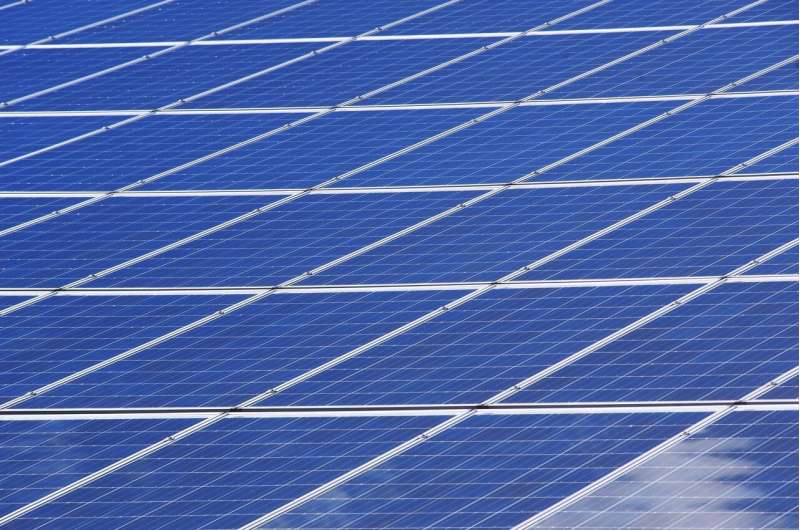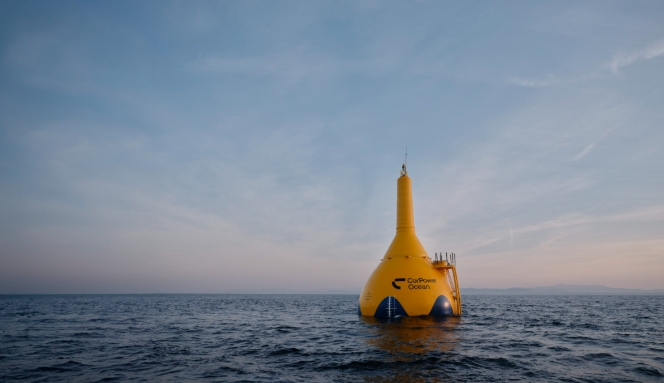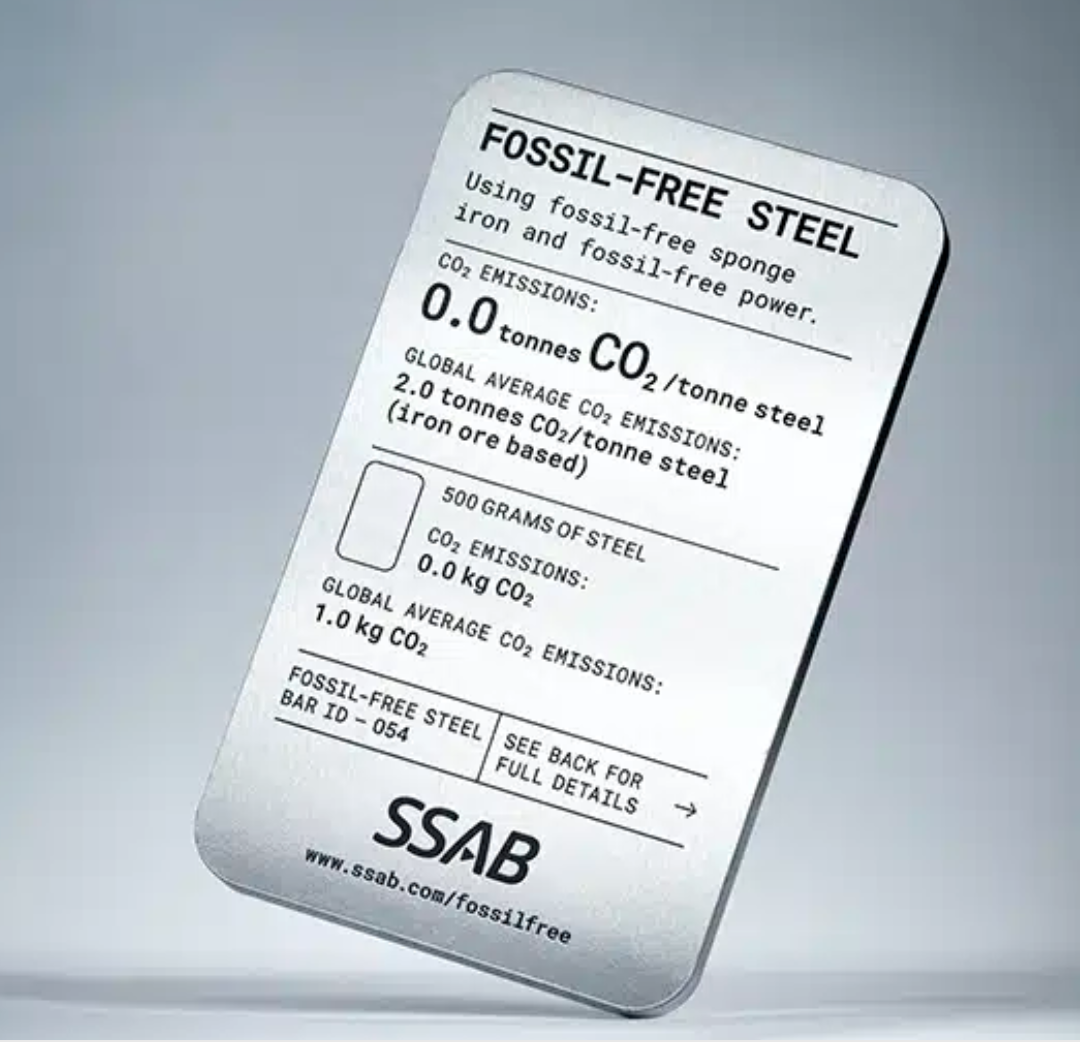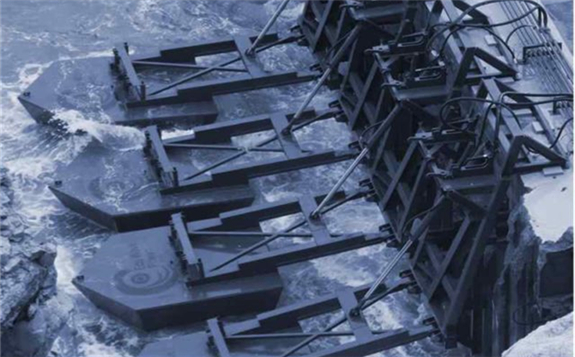
Credit: Pixabay/CC0 Public Domain
An international team of environmental scientists is touting the benefits of solar panels on floating platforms atop reservoirs and other bodies of water. In their paper published in the journal Nature Sustainability, the group describes the many benefits of using existing reservoirs to host floatovoltaic farms.
Placing solar panels on floating platforms is nothing new; many groups have been doing it for years—what is new is the increasing awareness of the benefits of doing so. Solar panels placed on floating platforms are nearly identical to those placed on land farms or rooftops—the only real difference is the technology that supports them.
Instead of heavy-duty frames, floating panels use platforms that are tied to the bottom of the body of water and have tie lines that allow for movement during bad weather or changing surface levels. In this new effort, the authors point out that in addition to providing electricity, floating solar panel platforms also reduce evaporation. And because many reservoirs already support hydroelectric plants, routing the electricity produced by floatovoltaics is a relatively inexpensive proposition.
The authors also note that putting solar panels on bodies of water also conserves land needed for other purposes and say there is a lot of potential for their implementation. They have found that if just 30% of global reservoirs were covered with floating solar panels, together, they would generate 9,434 terawatt hours of power each year—double the power used by the entire U.S. annually—enough to power 62,000 cities. Due to prevention of evaporation, it would also save enough water to serve 300 million people every year. What's more, water serves as a heat sink for the panels, increasing their lifetime.
The authors also found that the U.S. is particularly suited to using floatovoltaics due to the huge number of reservoirs—26,000 of them. Covering just 30% of them with floating solar panels, the team calculated, would generate 1,900 terawatt hours of energy while also preventing the loss of 5.5 trillion gallons of water. The team notes that floatovoltaics can also be used on canals and ponds.





